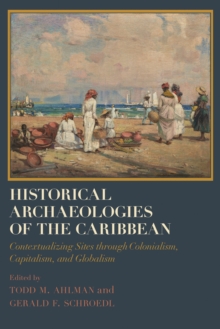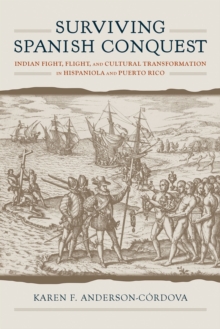
Real, Recent, or Replica : Precolumbian Caribbean Heritage as Art, Commodity, and Inspiration Hardback
Edited by Joanna Ostapkowicz, Jonathan A. Hanna
Part of the Caribbean Archaeology and Ethnohistory series
Hardback
Description
Examines the largely unexplored topics in Caribbean archaeology of looting of heritage sites, fraudulent artifacts, and illicit trade of archaeological materials Real, Recent, or Replica: PrecolumbianCaribbean Heritage as Art, Commodity, and Inspiration is the first book-length study of its kind to highlight the increasing commodification of Caribbean Precolumbian heritage.
Amerindian art, including 'TaIno' art, has become highly coveted by collectors, spurring a prolific and increasingly sophisticated black market of forgeries, but also contemporary artistic engagement, openly appreciated as modern artworks taking inspiration from the past.
The contributors to this volume contend with difficult subject matter including the continued looting of archaeological sites in the region, the seismic increase of forgeries, and the imbalance of power and economic relations between the producers and consumers of neo-Amerindian art. The case studies document the considerable time depth of forgeries in the region (since the late nineteenth century), address the policies put in place by Caribbean governments and institutions to safeguard national patrimony, and explore the impact looted and forged artefacts have on how museums and institutions collect and ultimately represent the Caribbean past to their audiences.
Overall, the volume emphasizes the continued desire for the 'authentic' Precolumbian artifact, no matter the cost.
It provides insights for archaeologists, museum professionals, art historians, and collectors to combat illegal trade and support communities in creating sustainable heritage industries.
Information
-
Available to Order - This title is available to order, with delivery expected within 2 weeks
- Format:Hardback
- Pages:352 pages, 89 black & white figures, 4 maps, 7 tables
- Publisher:The University of Alabama Press
- Publication Date:30/04/2021
- Category:
- ISBN:9780817320874
Information
-
Available to Order - This title is available to order, with delivery expected within 2 weeks
- Format:Hardback
- Pages:352 pages, 89 black & white figures, 4 maps, 7 tables
- Publisher:The University of Alabama Press
- Publication Date:30/04/2021
- Category:
- ISBN:9780817320874










